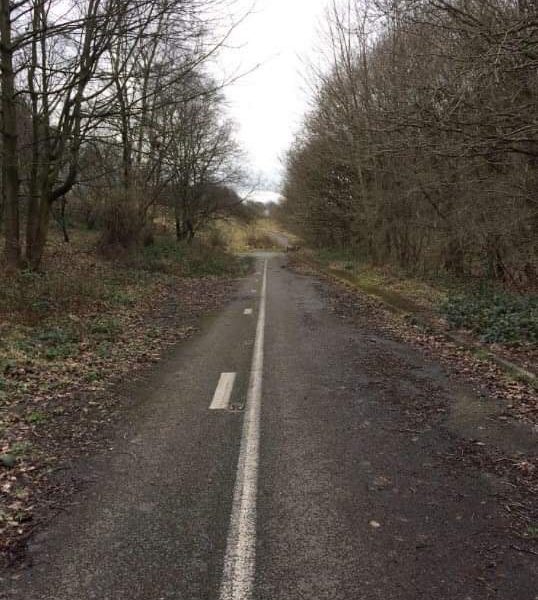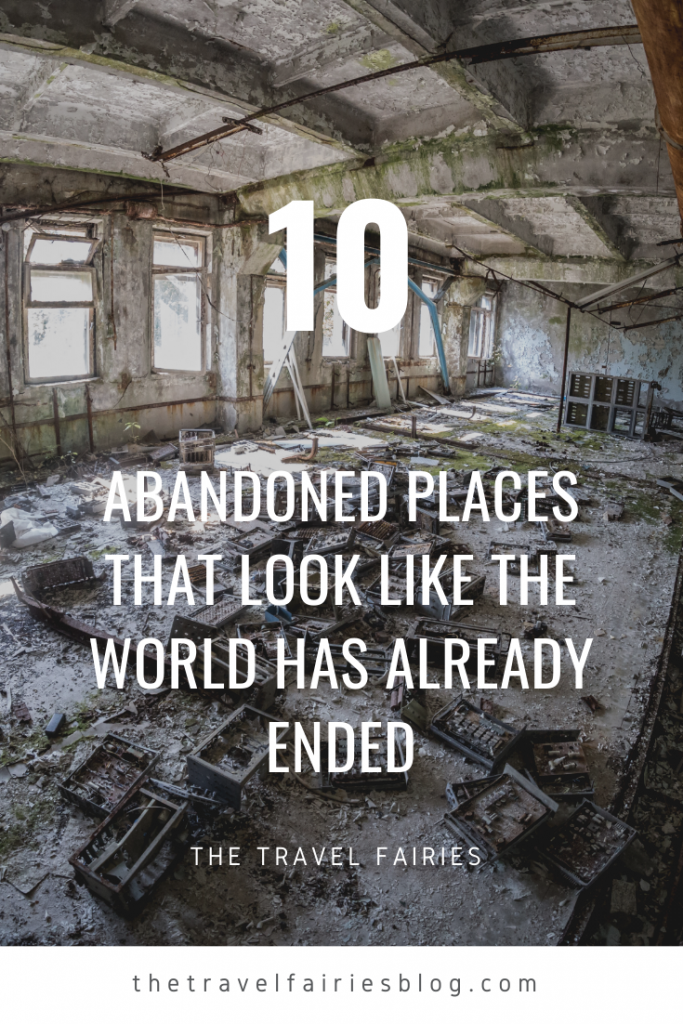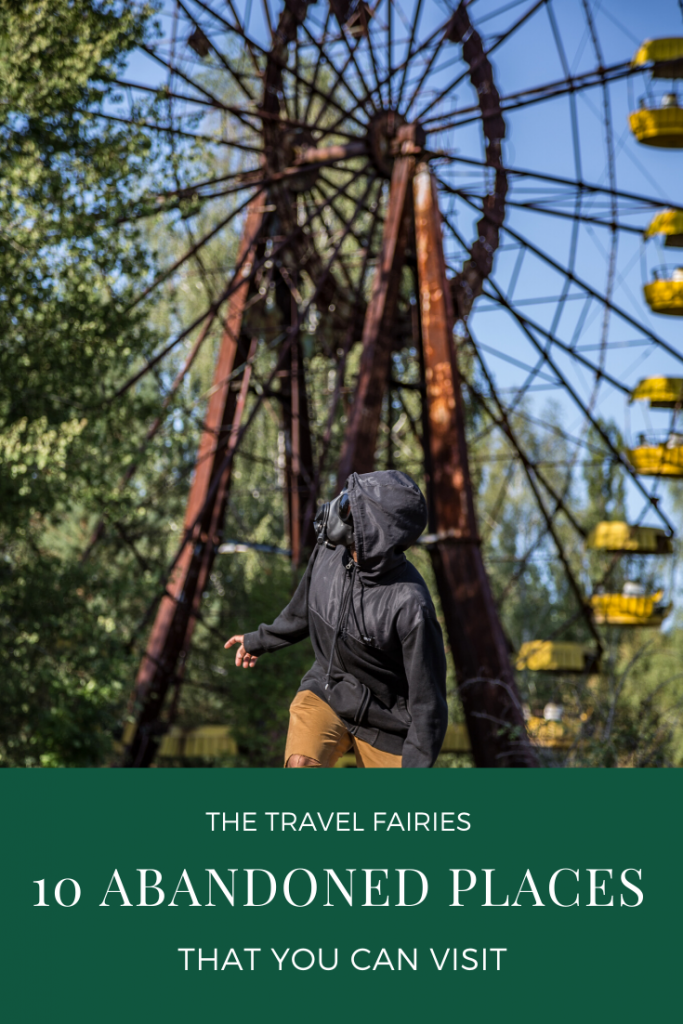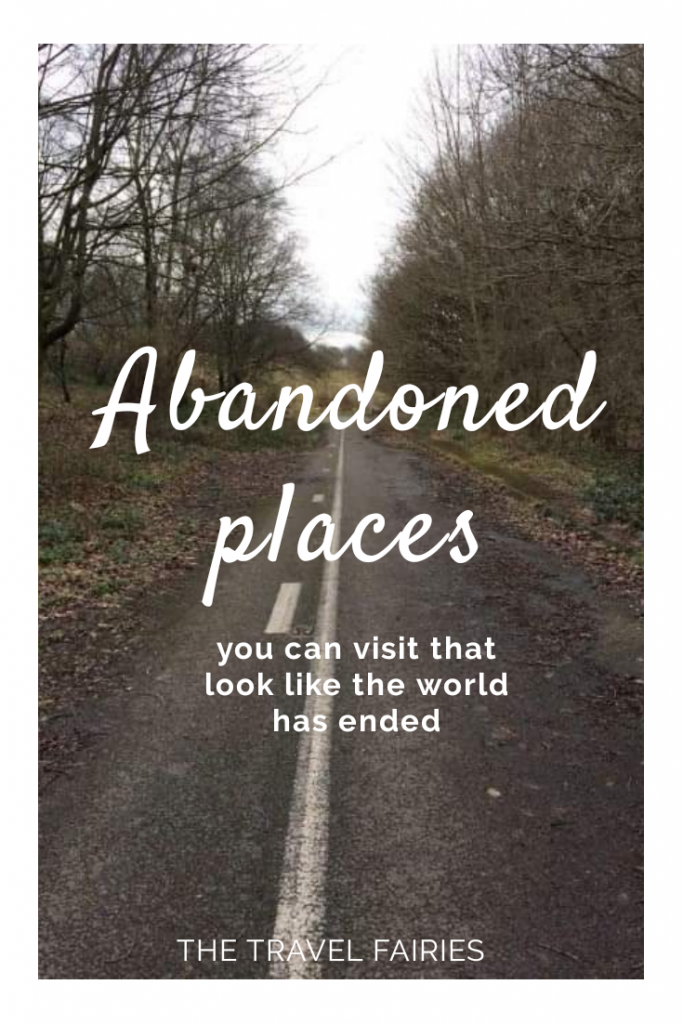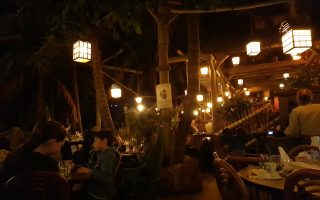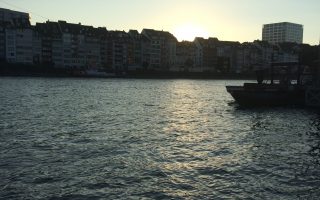With the current empty streets making it look like the end of the world has come early, I was inspired to take a look at other places in the world where the apocalypse seems to have already happened. (Not that the current situation is the end of the world… it just sort of looks like it!)
There are plenty of weird and creepy places that have been abandoned due to war, radiation, and plague, but there are also some incredibly beautiful sights to be seen too. In some places, nature has taken hold and transformed industrial cities into beautiful landscapes after they have been ravaged by humanity. The end of the world doesn’t have to be terrifying, it can also be beautiful.
All of these places are open to the public, although getting to some of them can be quite tricky and expensive, and, some you just need to be really brave to try!
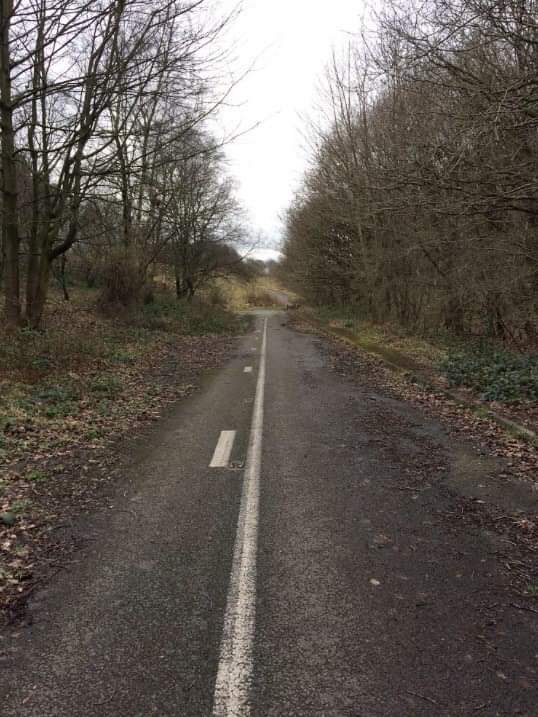
Top 10 Places that look like the End of the World
Pripyat, Ukraine
Pripyat is a city in northern Ukraine that was built to house workers at the nearby Chernobyl power station. That should give you a bit of a hint about what led to its abandonment. Pripyat was the closest town to the power plant and housed almost 50,000 people at the time of the fire. The citizens were prepared for the evacuation and managed to completely evacuate the town in under 3 hours. And it appears no one has been back since.
The city is like a time machine, transporting visitors back to the Soviet Union in 1986. Personal belongings can still be found littering the streets and abandoned houses, communist propaganda is still hung from the walls and all the clocks are stuck at 11:55, which is when the power was cut after the fire. There is even an abandoned amusement park which wouldn’t be out of place in any horror film.
Despite appearances, the city was never fully abandoned and there is some key work that goes on within Pripyat. Notably they have a factory that produces radiation signs, as well as a laundry that was used to clean the workers uniforms up until the power plant closed in 2000. Pripyat has been open to visitors since 2011, when it was deemed safe. However all tours end with a mandatory radiation screening, and a special pass must be obtained from the government, through the tour companies, before the tour can begin.

Route 5, Chile
Part of the Pan-American Highway, Route 5 (or Ruta Nacional 5) is Chile’s longest road and is one of the loneliest places to drive. Running for over 2,000 miles, it travels from the Peruvian border all the way to Puerto Montt, where it connects to the ferry to the island of Chiloe.
It passes through long sections of native woods and open desert, the featureless expanses sometimes making it a dangerous drive as concentration slips. There are also steep drops and it is known to get extremely foggy very quickly. Route 5 gives you an idea about what driving after the end of the world would be like as miles and miles slip past you without a single over sign of life.
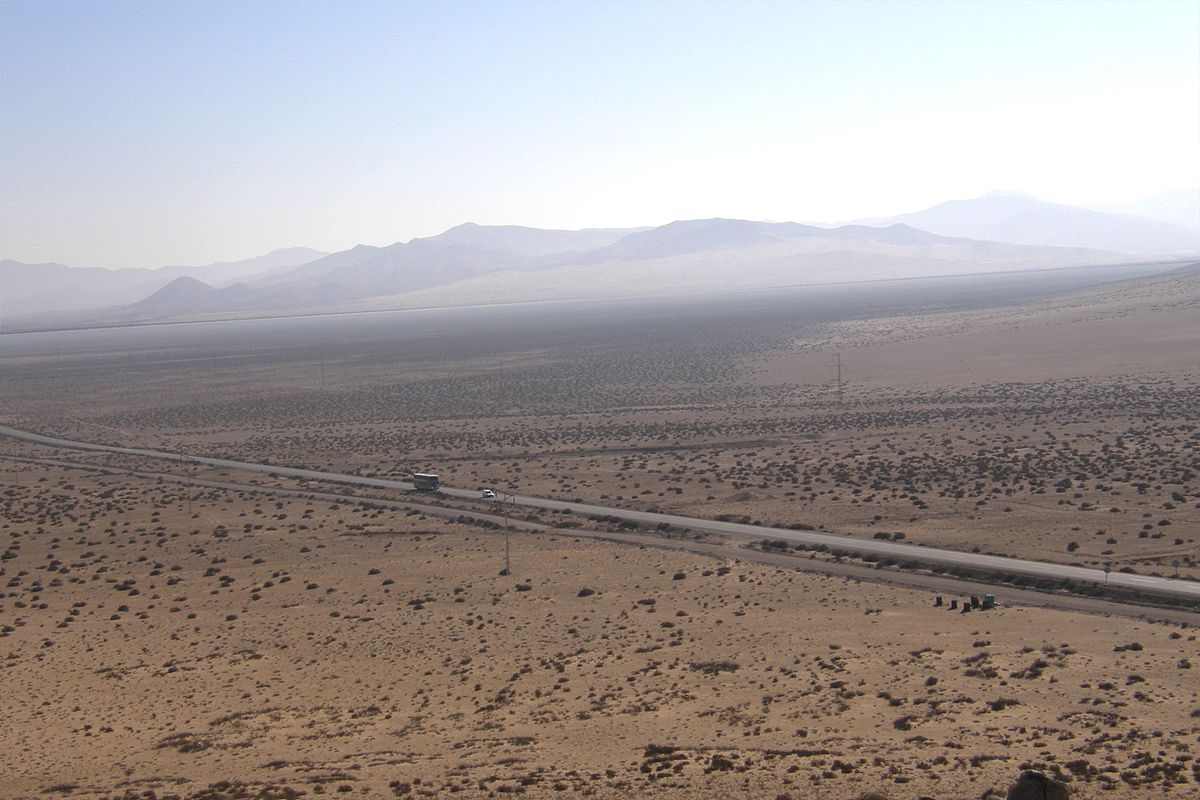
Oradour-sur-Glane, France
Oradour-sur-Glane is a commune in west-central France that was destroyed during WWII. A new village has been built in Oradour-sur-Glane however the original has been preserved as a monument and museum.
On June 10, 1944, the village was destroyed by Nazi soldiers and 642 men, women and children lost their lives. The village has been kept in the same state as this day, with crumbling houses and abandoned, burnt-out cars. President Charles de Gaulle decided not to rebuilt the village but to keep it as a memorial of the cruelty of the German occupation and a reminder of the people who died. It is now known as the Martyred Village and is open to tourists, a memorial museum was built in 1999 near the entrance to the village.
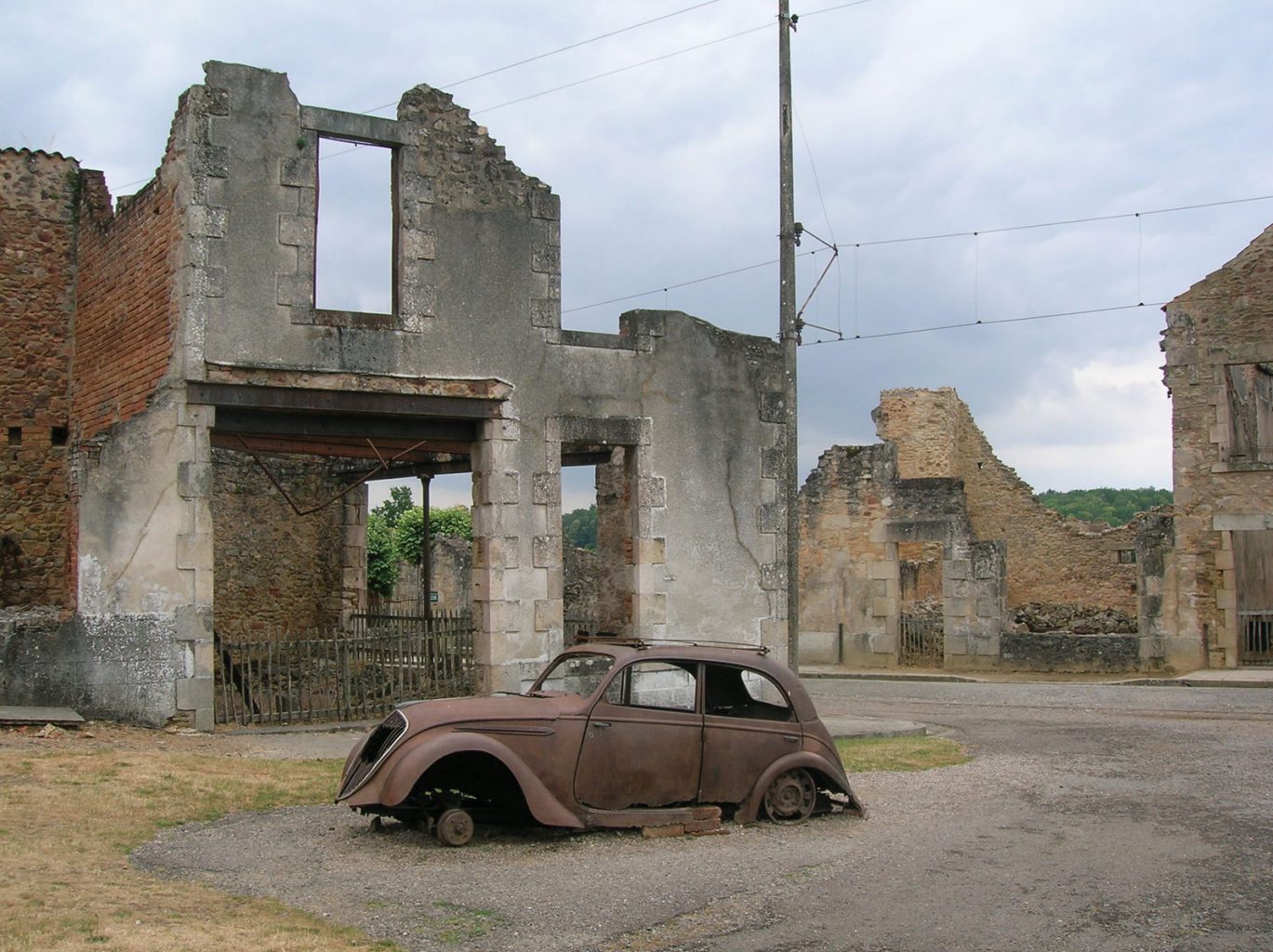
Beelitz-Heilstätten Hospital, Germany
Sometimes known as Hitler’s Hospital, Beelitz-Heilstätten is an old abandoned hospital and sanitorium in Beelitz, Germany, that was used to treat wounded soldiers in the First and Second World Wars. A young Hitler was treated there after he was wounded at the Battle of Somme and later became a Soviet hospital right up until 1995.
Most of the hospital has since been abandoned, although part of it is still used for neurological diseases and research, such as Parkinson’s. It is now a well-established tourist attraction, with raised walkways which allow visitors to see the hospital without having to go into the unstable rooms. However, up until 2015, there were no guards there, so it was a popular hangout for teenagers and as such a lot of it is covered in graffiti. This only serves to add a modern element to this post-apocalyptic hospital as bright graffiti is seen alongside WWII-era surgical equipment.
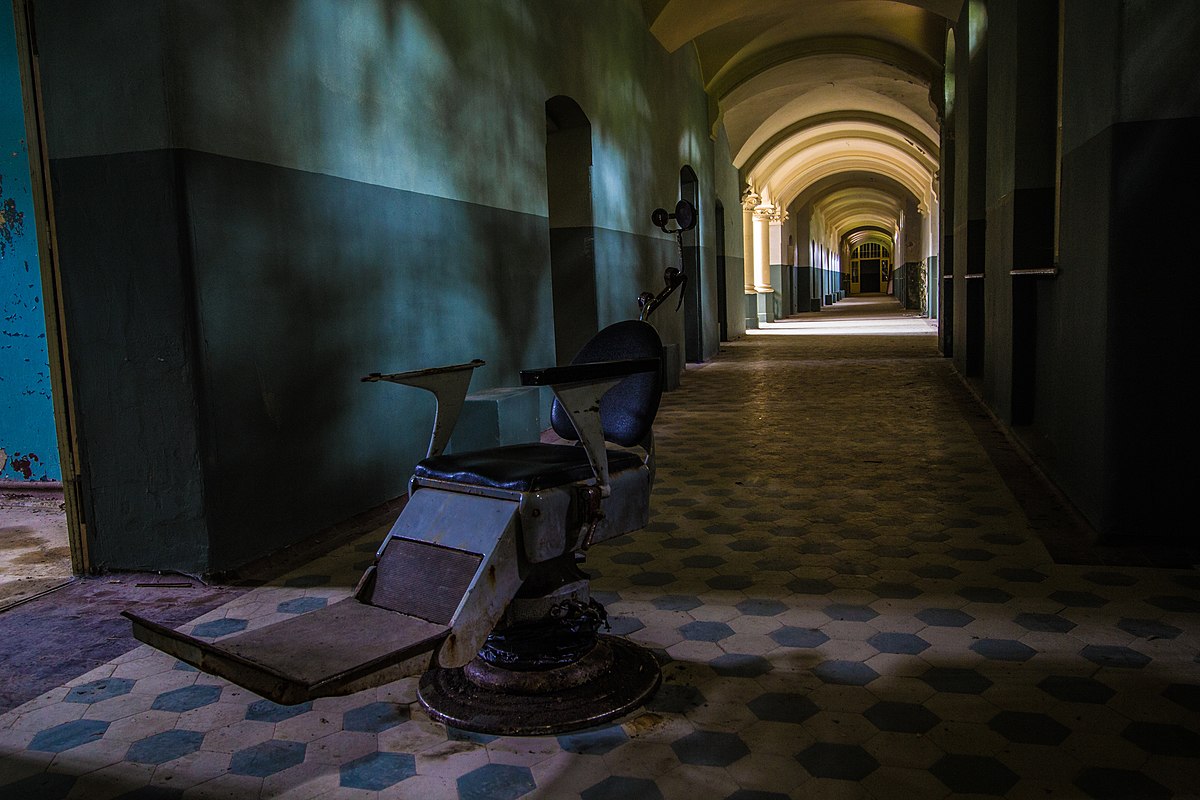
Hashima Island, Japan
Hashima Island, commonly called Gunkanjima (battleship island), is an uninhabited island off the coast of southern Japan, 9 miles from Nagasaki. It was abandoned in 1974 when the undersea coal mines underneath the island dried up. It has been left nearly intact except for the encroachment of nature upon the concrete buildings. It serves as a reminder of the hardships during the industrialisation of Japan and the forced labour of Japanese citizens during the Second World War.
It was recognised as a World Heritage Site in 2015 after fears that the increased levels of tourism would corrode the island. Tour providers offer trips around the island and some will allow you to stop off at the island and explore. A lot of structural damage has been repaired but the end of the world feel is still fully intact.
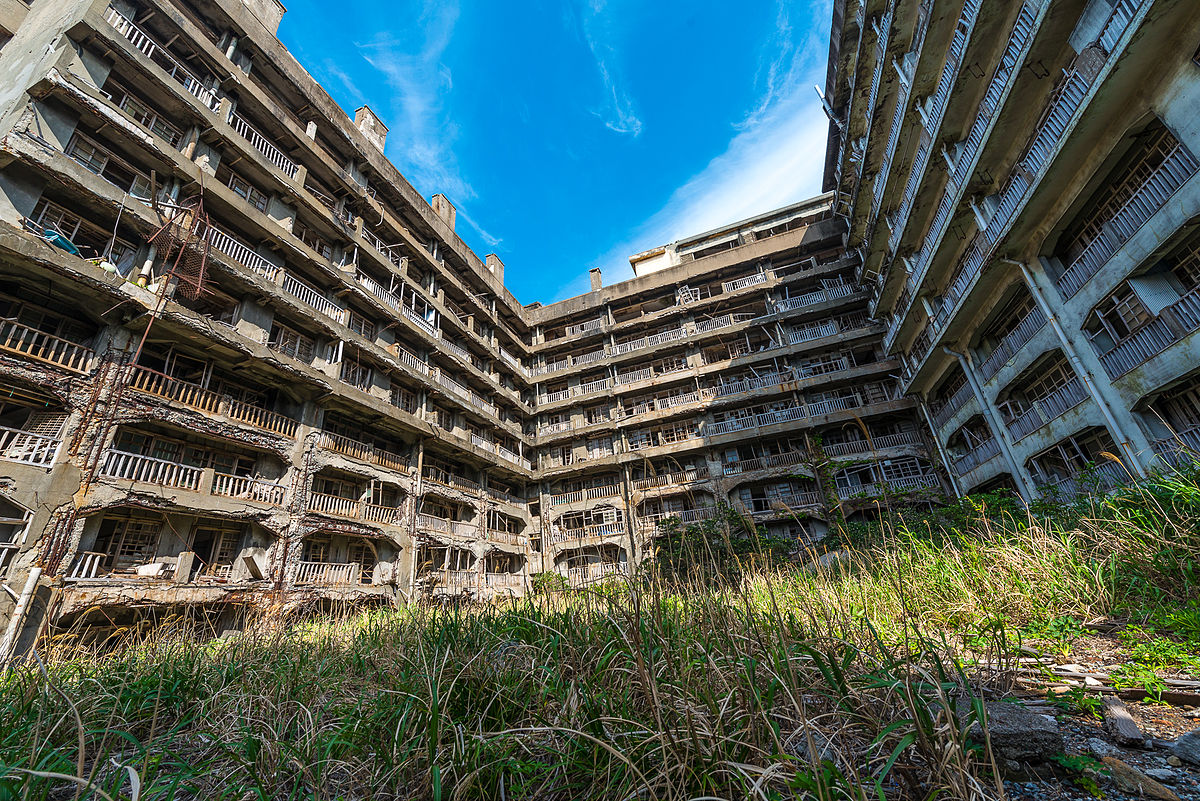
The Island of the Dolls, Xochimilco, Mexico
The Island of Dolls in the Xochimilco channels, near Embarcadero Cuemanco, seems to have appeared right out of an end of the world movie. The island is filled with dolls, and doll parts, hanging from trees and buildings. Supposedly the original owner of the island, Julián Santana Barrera, believed that they would ward of the evil spirits of a young girl who had drowned near the island.
Now it is one of the most popular attractions in the Xochimilco channels. The only way to get there is to hire a trajinera, a Mexican flat-bottomed boat, however some of the rowers are too suspicious to take visitors to the island. There is a small museum on the island that chronicles the owner’s life and showcases his first doll and his favourite doll. Some visitors even leave offerings for the dolls in exchange for miracles or even change the dolls outfits! Whatever floats your boat, I guess!

Train Cemetery, Uyuni, Bolivia
The Train Cemetery near Uyuni village in Bolivia is where locomotives go to die. It is a vast expanse of salt plain filled with rusting trains, most dating from the early 20th century. Due to the salt winds, the trains have rusted and become much more dilapidated than in other train cemeteries around the world.
It is a relatively popular tourist attraction with tours being offered by a number of companies, however it is unfenced and unguarded so to get a real end of the world experience it’s best to visit before 8am or after 5pm when most of the tourists won’t be there. It is about 3km from Uyuni train station across salt plain so it is a fairly easy walk or taxis will be able to offer you a cheap fair.

Solheimasandur Plane Wreck, Iceland
Similar to the Train Cemetery, this is the carcass of an old US Navy aeroplane that crash landed on the black sand beach in 1973 when it ran out of fuel. Everyone survived the crash but the plane has been allowed to stay there, untouched since then. If you’ve ever wanted to be inside a survival movie then this is definitely a place to check out as you can climb right inside the shell.
Due to its location, however, it can be a bit of trek to get there. Because of the black sand it is nestled on, visitors are not allowed to drive their own vehicles to the plane. There are a few tour buses that will drive to the plane for a small fee but then you arrive with a large group and leave with them. To get the best experience it’s better to walk, but it is a roughly two-hour round trip so be prepared. If you want to know what else there is to do in Iceland, check out our travel guide here.
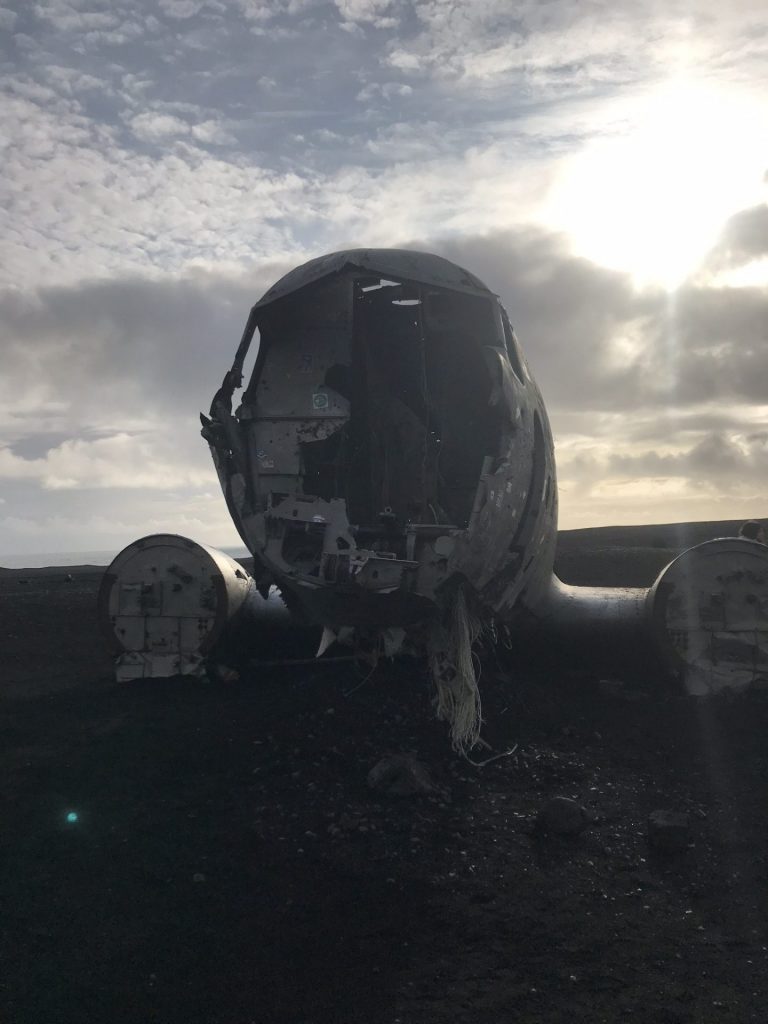
Bouvet Island
The remotest island in the world, Bouvet Island is an uninhabited subantarctic island owned by Norway. It is 1,600 miles away from the nearest inhabitation and almost entirely inaccessible via boat, due to the sheer glacier walls around the volcanic island. Around 93% of its surface is covered in ice, including the volcano at its core. The best way to arrive is via helicopter as the cliffs are too steep to scale from the shore.
There was an abandoned lifeboat found moored to the island in 1964 though, but the boat’s passengers were never discovered despite the evidence that they reached the island safely. Mostly, however, it is just penguins and seals that can be found on the island. Being so far from civilisation, and mostly covered in ice, means it is not an often visited island but it would certainly feel like the rest of the world had ended if you ever found yourself there.
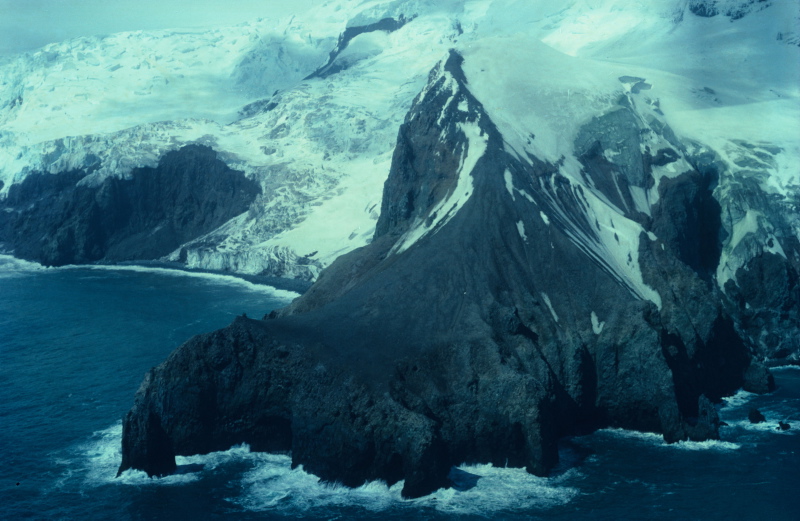
Orfield Laboratories, Minnesota
Have you ever wondered what it would sound like if you were the only soul left on earth? Then look no further. Orfield Laboratories can be found just outside of Minneapolis and from the outside it doesn’t seem like the end of the world but inside there is an anechoic chamber that absorbs 99.99% of noise. It is used for research purposes by Orfield, and NASA have a similar chamber to prepare astronauts for the quiet of space.
Tourists can book a trip into the room, but it is only for a short time and under supervision. It is so disconcertingly quiet that the maximum anyone has been able to last in there is 45 minutes. It also comes with a pretty heft price tag of $125 for the tour, but if you really want to feel like you’re alone in the world, that would be the place to do it.

Photo credit: Togabi https://creativecommons.org/licenses/by-sa/4.0/deed.en
With the way things currently stand, it may feel like the world as we know it is coming to an end but just remember there are places that have already experienced the end of days and they are now doing a booming trade from tourists!

